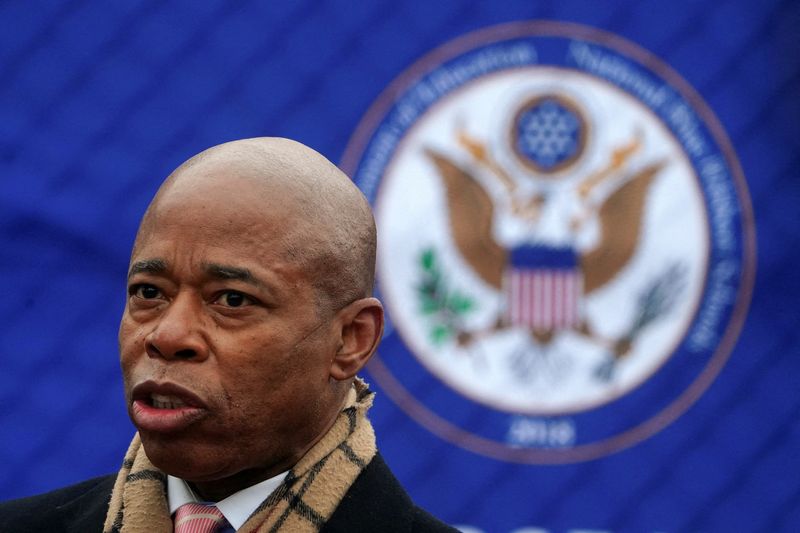(Reuters) - A ban on housing evictions is set to expire on Saturday in New York, ending a critical economic support put in place at the start of the pandemic and setting the stage for a possible rush by landlords to try to oust low-income renters.
New York instituted the eviction moratorium in March 2020 when it was the epicenter of the COVID-19 crisis in the United States and extended it multiple times, even as a federal eviction ban and moratoriums in other states lapsed.
State and city officials expressed concern this week about the impact of ending the moratorium, estimating that 500,000 New Yorkers needed housing aid at a time when the fast-spreading Omicron variant continued to upend social and economic life.
"It's going to be profound in New York," said Ellen Davidson, an attorney with the Legal Aid Society. "We expect to see case filings explode and housing courts struggling to operate the way they did, pre-COVID."
While many landlords may move immediately to evict tenants, Governor Kathy Hochul said this week that renters could effectively avoid eviction by applying for a rental relief program, even though the program has been depleted.
On Thursday, New York City Mayor Eric Adams joined Hochul in calling on the federal government to provide an infusion of funds for the program, arguing that the United States' most populous city has not received its fair share of federal rent relief.
Adams also launched a campaign to inform tenants of their rights. In a recorded video message the mayor stressed that it was illegal for landlords to lock tenants out of their homes and that all New Yorkers could obtain legal assistance for free.
Landlords have submitted 81,530 eviction filings in New York City since March 15, 2020, according to Princeton University's Eviction Lab, which has compiled data on 31 cities.

It was unclear how many of those cases would now move forward and how many new cases would emerge.
Davidson said New York was particularly vulnerable compared to other states because it has a relatively high percentage of renters, many of whom are in low-income households. And she said the state had been "shortchanged" by the federal relief program, which was based on population rather than percentage of renters.